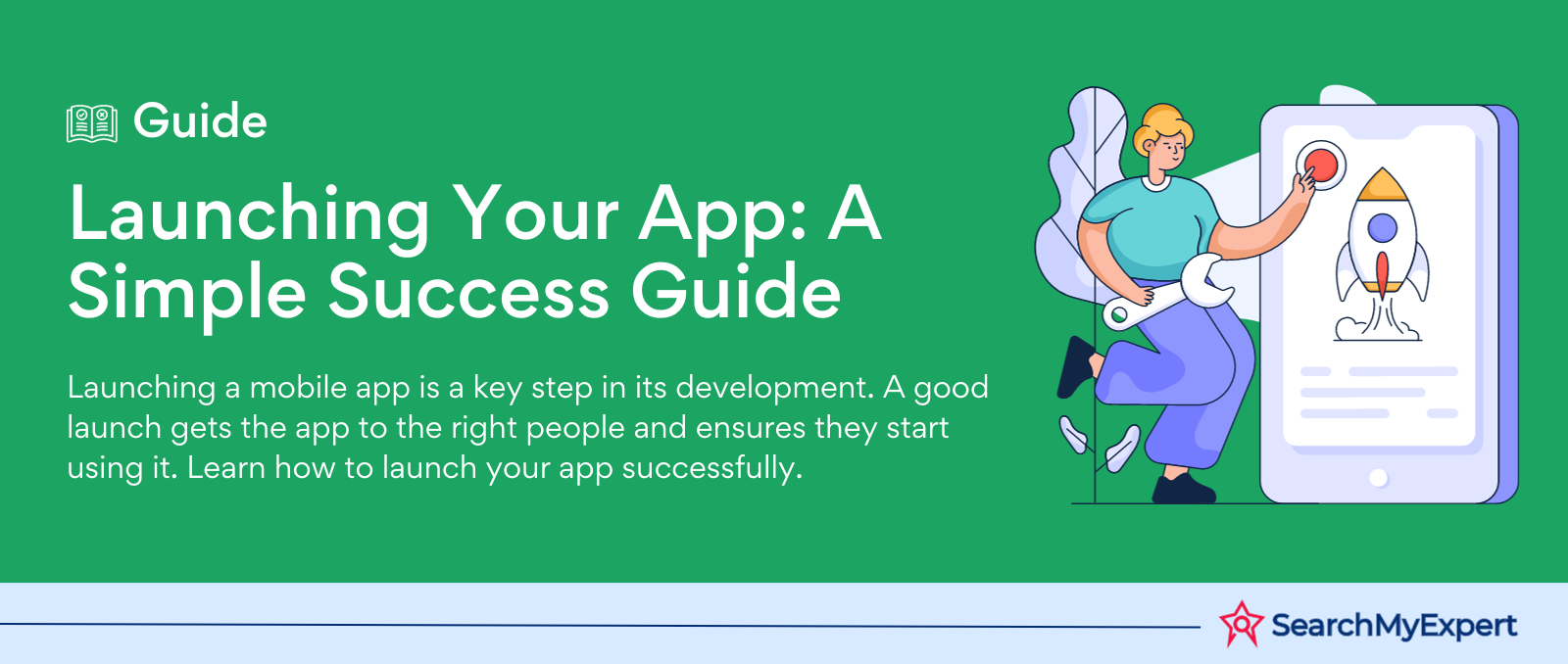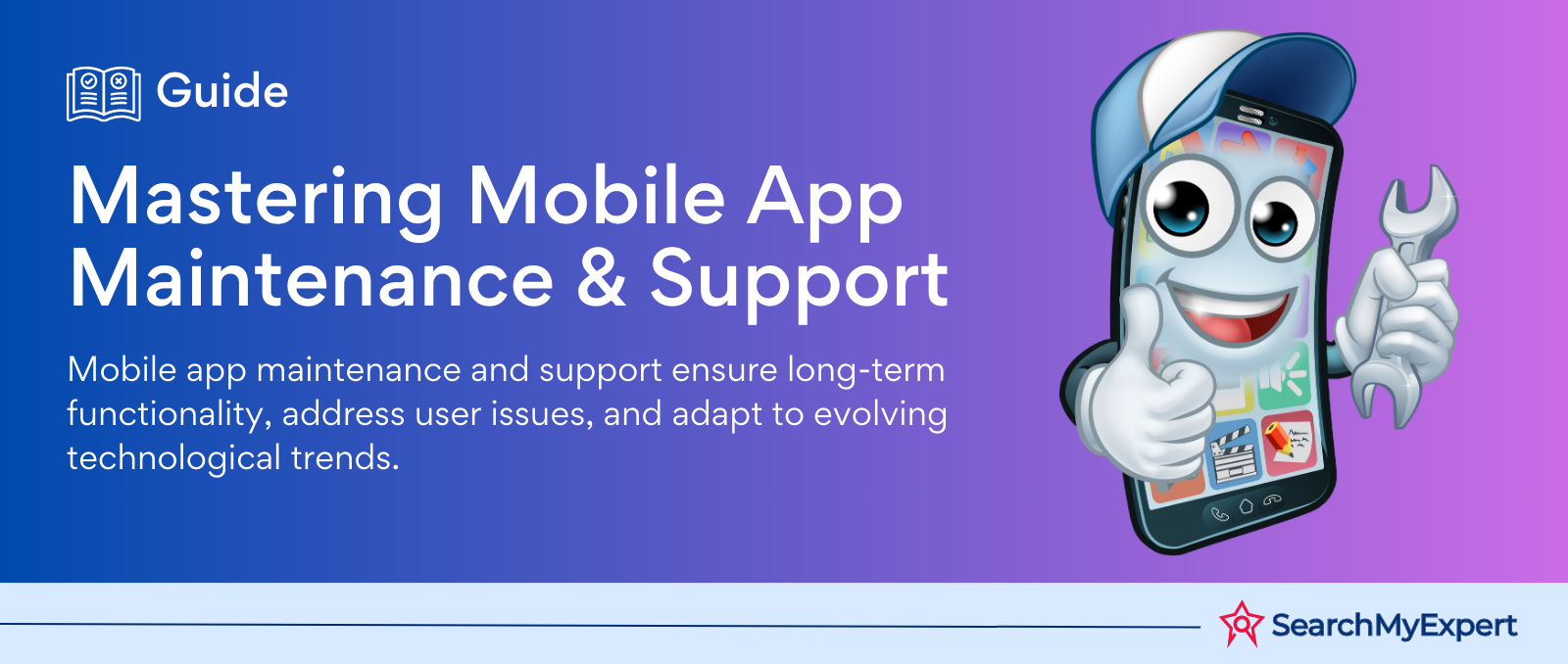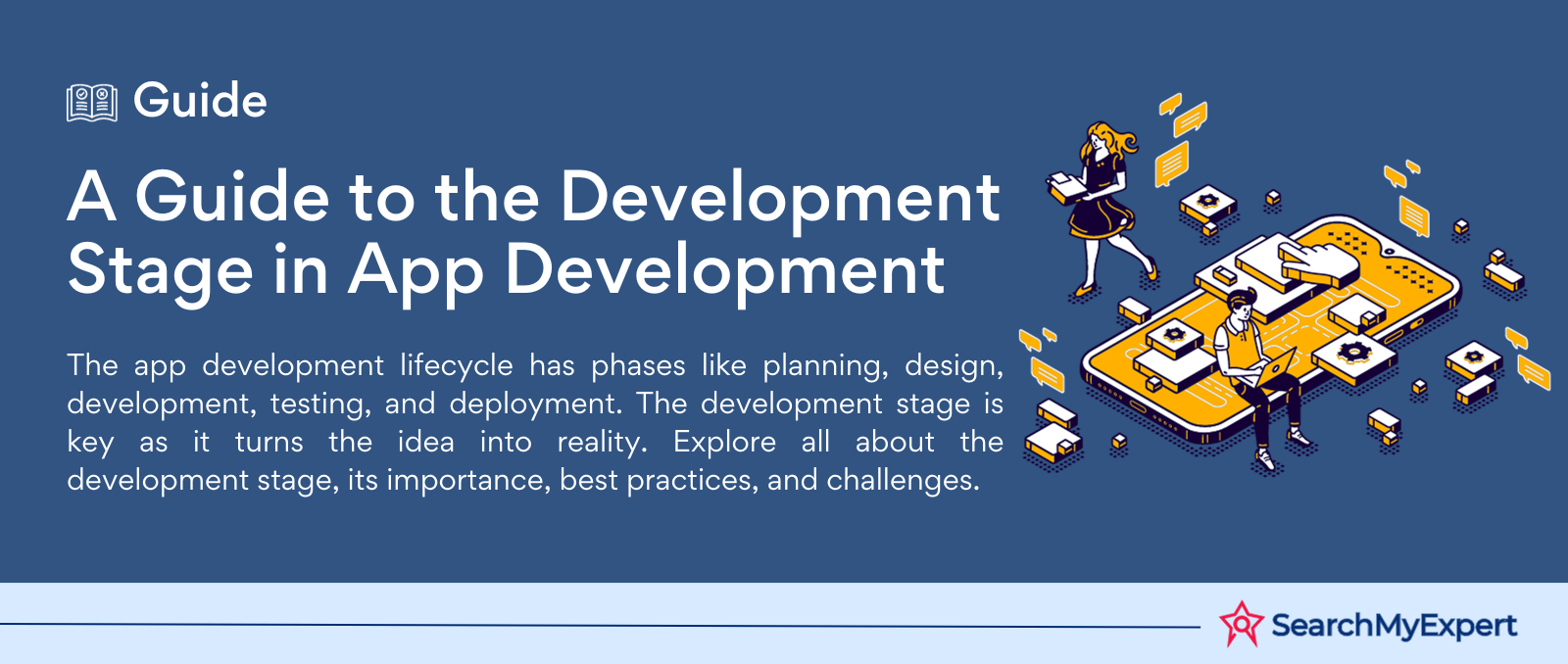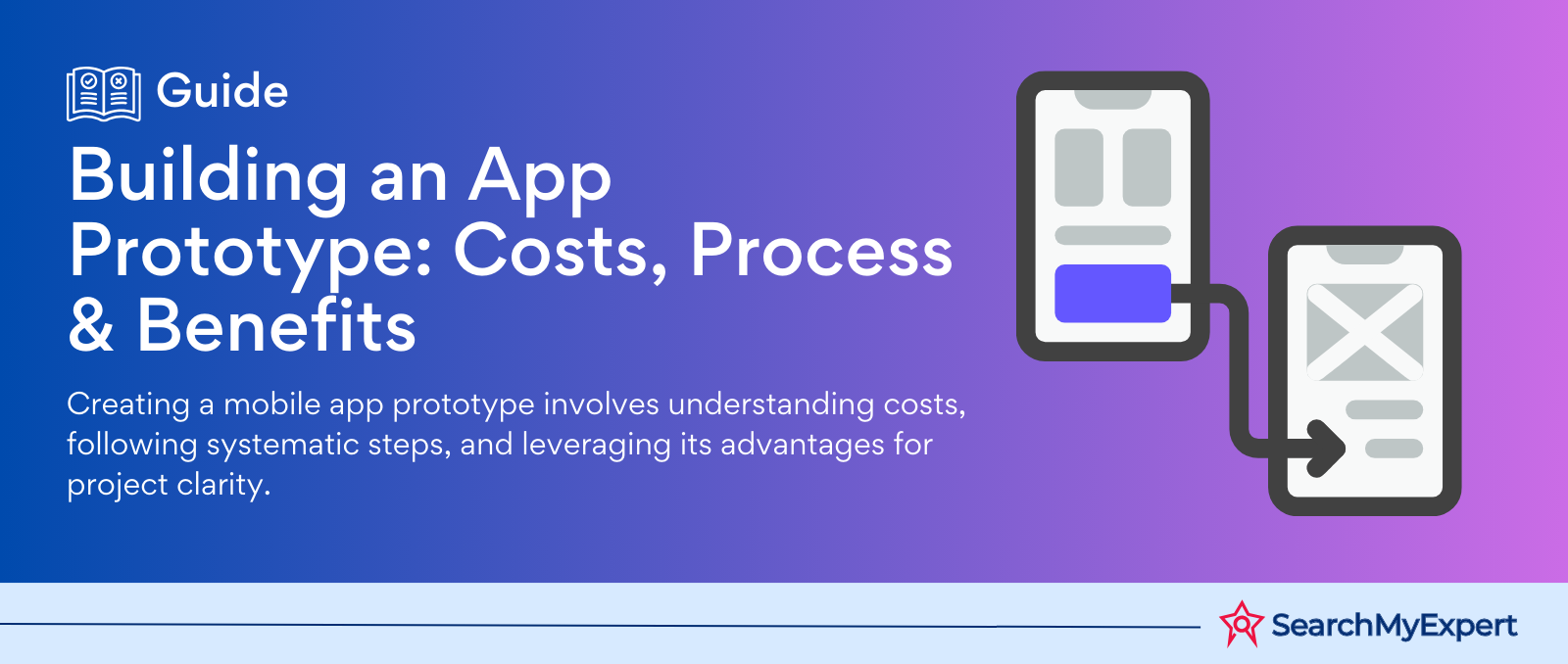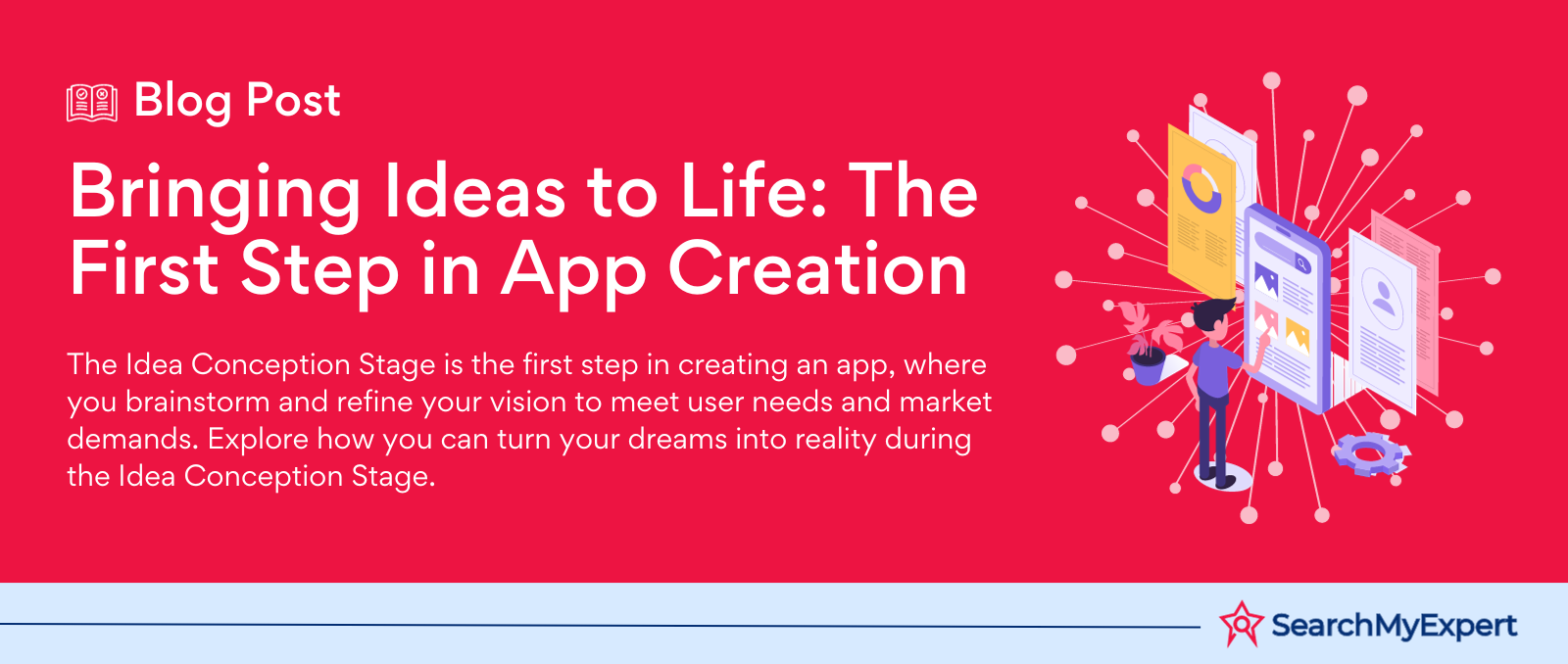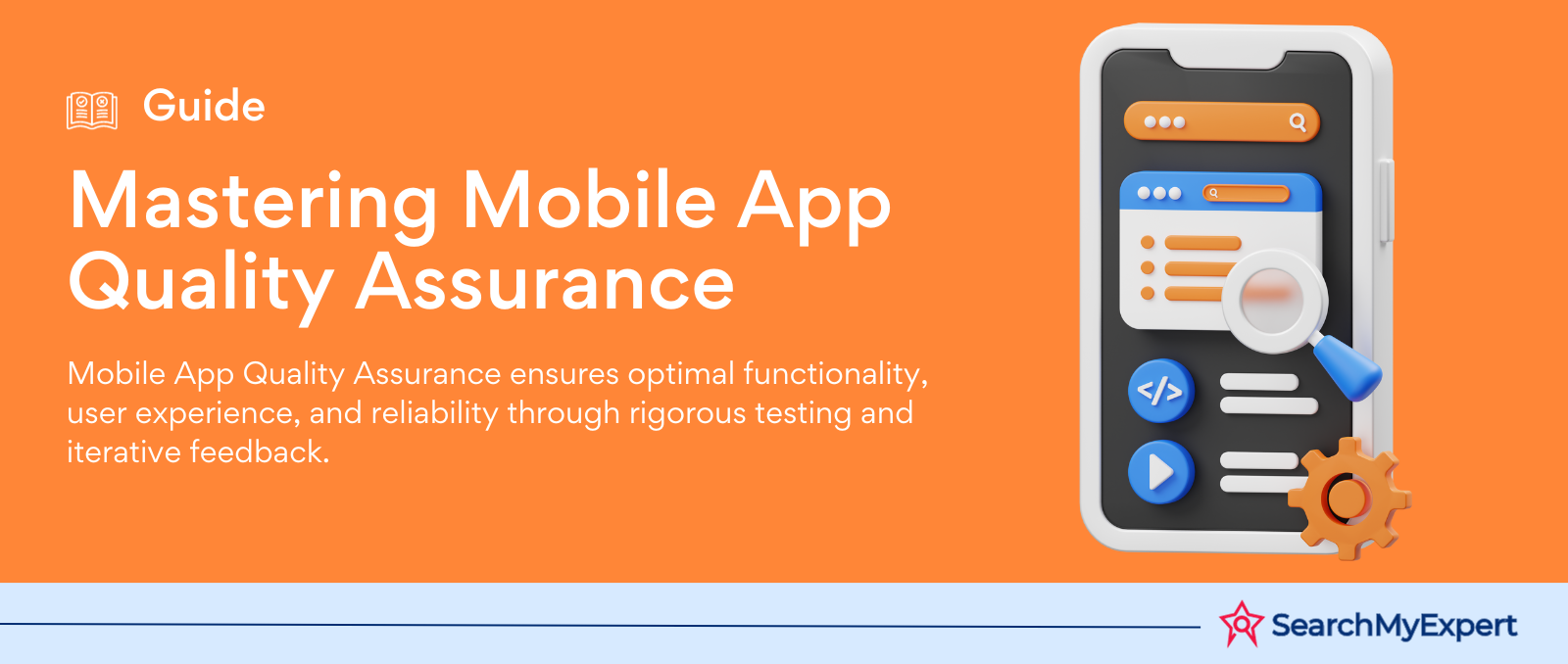Mastering Bot Development Project Management: A Comprehensive Guide
Managing Bot Development Projects
World of Bots
Defining Bots: A Technological Staple
Bots, in their simplest form, are automated software applications designed to execute specific tasks. These tasks can range from basic functions like setting reminders to complex operations across various industries.
The Rising Significance of Bots
Bots have become more than just a technological convenience; they're revolutionizing how businesses operate. From customer service to data analysis, bots are reshaping the efficiency and capabilities of industries.
Understanding Bot Development Challenges
Beyond Traditional Software: The Bot Difference
Bot development projects diverge significantly from conventional software projects. The nature of bots, often embedded with AI and machine learning, requires a more agile and adaptive approach in their development and maintenance.
Key Challenges in Bot Development
Managing a bot project involves unique challenges like integrating natural language processing, focusing on user interaction, and ensuring seamless integration with existing systems. These aspects demand specialized skills and strategies.
Navigating the Dynamic Landscape of Bots
The dynamic nature of bots, owing to their AI components, necessitates continuous learning and evolution. This aspect of bot development brings both opportunities and challenges in project management.
Defining Project Scope and Goals
Setting Clear Business Objectives
Aligning Bot Capabilities with Business Needs
To embark on a successful bot development project, it's crucial to first identify the specific business objectives. Whether it's enhancing customer service, automating tasks, or collecting data, the bot's purpose should align with the company's strategic goals.
Understanding Your Audience
Tailoring Bots to User Needs
Knowing your target audience is key. Different audiences have varying needs and preferences. A bot intended for tech-savvy users will differ from one designed for a general audience. Understanding these needs helps in creating a bot that resonates with and effectively serves its users.
Determining Bot Functionalities
Balancing Functionality with Complexity
Defining what the bot should do is a critical step. Its functionalities could range from answering FAQs to conducting transactions. Each function adds complexity, so it's vital to strike a balance between usefulness and usability.
Choosing the Level of Intelligence
Rule-Based vs. AI-Powered Bots
Deciding between a rule-based bot and an AI-powered one is fundamental. Rule-based bots are simpler, following predefined paths. AI-powered bots, however, are more complex, and capable of learning and adapting, but also require more resources and expertise.
Building the Development Team
Assembling a Diverse Team of Experts
The Importance of Multidisciplinary Expertise
Creating an effective bot development team is crucial. The team should consist of professionals with expertise in several key areas. Each member's skills contribute to the bot's success from concept to deployment.
Expertise in Natural Language Processing (NLP)
The Key to Human-Like Interactions
NLP specialists are essential for developing bots that can understand and interpret human language. Their expertise ensures that the bot can effectively communicate with users, making interactions more natural and user-friendly.
Proficiency in Machine Learning (ML)
Enabling Adaptive and Intelligent Bots
ML experts play a pivotal role in enabling the bot to learn from interactions and improve over time. Their skills are particularly crucial for AI-powered bots that require ongoing learning and adaptation.
Skills in Software Development
The Foundation of Bot Functionality
Software developers are the backbone of the team, responsible for building the bot's core functionalities. They ensure that the bot operates smoothly and integrates well with existing systems.
User Experience (UX) Design
Focusing on User-Centric Design
UX designers are vital for ensuring that the bot is intuitive and easy to use. Their focus on the user's journey and interaction with the bot is crucial for achieving high user satisfaction and engagement.
Effective Project Management
Steering the Project Towards Success
A skilled project manager coordinates the efforts of all team members, ensuring that the project stays on track, meets deadlines, and adheres to its objectives and budget.
Choosing the Right Development Tools and Platforms
Evaluating Bot Development Platforms
Matching Platforms to Project Needs
Selecting the appropriate bot development platform is a critical decision. It involves assessing various platforms based on factors like project requirements, scalability, and budget constraints. Some platforms may offer ease of use and quick deployment, while others provide more customization and control.
Integration with Existing Systems
Seamless System and Data Integration
Consideration of how the bot will integrate with existing systems and data sources is essential. The chosen platform should facilitate smooth integration, ensuring that the bot can effectively access and utilize necessary data and functions.
Tools for Development Lifecycle Management
Ensuring Efficient Workflow
Effective management tools are key to a successful development process. These include:
- Version Control Systems: Essential for tracking changes in the bot's code, allowing for better collaboration and error tracking.
- Testing Tools: To ensure the bot functions as intended, testing tools are crucial. They help identify and rectify issues before deployment.
Iterative Development and Testing
Embracing Agile Development
Continuous Improvement through Agile
Adopting an agile development approach is key for bot projects. It allows for frequent iterations, with regular testing and feedback loops. This approach ensures that the bot evolves to meet user needs and adapts to any unforeseen challenges.
Comprehensive Testing Strategies
Ensuring Robust Functionality
Testing is integral to bot development. Different types of testing methods should be employed:
- Unit Testing: To check individual components for proper functioning.
- Integration Testing: To ensure all parts work together seamlessly.
- User Acceptance Testing (UAT): To validate the bot in real-world scenarios and ensure it meets user expectations.
Continuous User Feedback
Refining Performance Based on Feedback
Gathering user feedback early and regularly is crucial. It provides insights into how users interact with the bot and highlights areas for improvement, ensuring the bot's continuous refinement and relevance.
Deployment and Monitoring
Selecting the Right Deployment Method
Cloud vs. On-Premise Deployment
The deployment of a bot is a crucial stage. You need to decide whether to deploy on the cloud or on-premise. Cloud deployment offers scalability and ease of access, while on-premise deployment provides more control over data and security.
Establishing a Monitoring System
Keeping a Watchful Eye on Performance
Monitoring is essential to ensure the bot performs as expected. Establish a system to track its performance, user interactions, and any potential issues. This system should provide real-time insights and alerts for any anomalies or malfunctions.
Continuous Improvement and Updates
Adapting and Evolving with User Feedback
The development of a bot doesn't end with its deployment. Continuous updates and improvements, guided by user data and feedback, are vital. This approach ensures that the bot remains effective, relevant, and user-friendly.
Key Takeaways for Success
Harnessing the Power of Effective Management
To successfully manage a bot development project, it's vital to:
- Define Clear Objectives: Align the bot's capabilities with your business goals and understand your target audience.
- Build a Skilled Team: Include experts in NLP, ML, software development, UX design, and project management.
- Choose the Right Tools: Evaluate platforms based on project needs, ensure seamless integration with existing systems, and use effective lifecycle management tools.
- Adopt an Agile Approach: Implement iterative development and testing for continuous improvement.
- Deploy and Monitor: Choose the right deployment method and establish a robust monitoring system.
- Continuously Improve: Use user feedback for ongoing updates and enhancements.
Embracing Continuous Learning and Adaptation
Staying Ahead in a Dynamic AI Landscape
In the rapidly evolving field of AI and bots, ongoing learning and adaptation are not just beneficial but necessary. The AI landscape is constantly changing, and staying abreast of these changes is crucial. Embrace new technologies, methodologies, and user feedback to keep your bot effective and relevant.
Conclusion
Managing a bot development project effectively requires clear objectives, a skilled multidisciplinary team, and the right tools and platforms. Adopting an agile approach ensures adaptability and responsiveness. Deployment should be strategic, whether cloud-based or on-premise, complemented by robust monitoring and continuous feedback-driven improvement. In the ever-evolving landscape of AI and bots, ongoing learning and adaptation are key to maintaining relevance and effectiveness, ensuring that the bot remains a valuable asset in achieving business goals. This holistic approach is crucial for the successful realization of bot projects in today's dynamic technological environment.
Partner with the best in bot technology – Bot Development Service Agencies.
share this page if you liked it 😊
Other Related Blogs
Mastering Docker for App Development: A Comprehensive Guide to Benefits, Use-Cases, and Alternatives
STAY UP TO DATE
GET PATH'S LATEST
Receive bi-weekly updates from the SME, and get a heads up on upcoming events.



